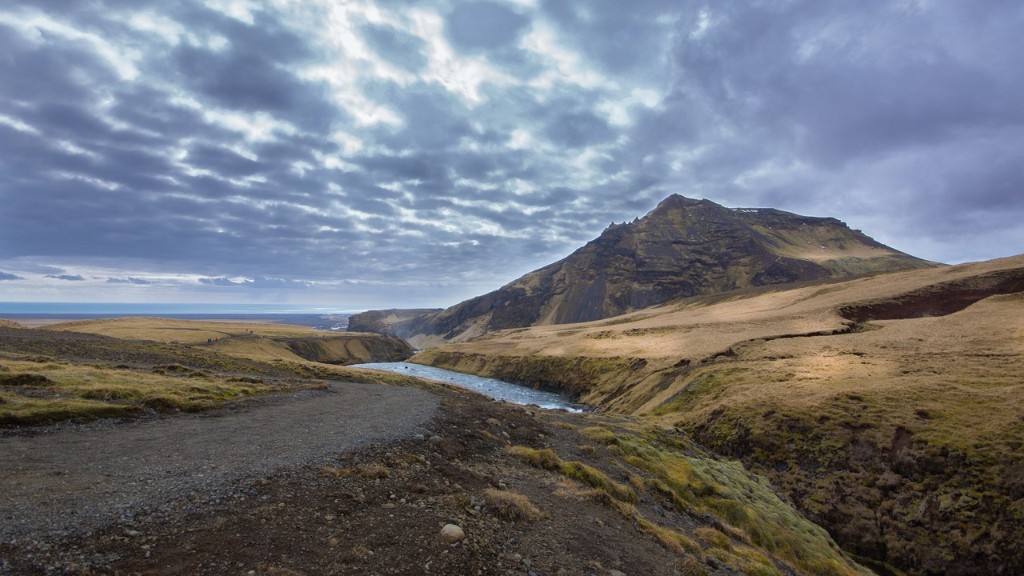How to Avoid Hitting Obstructions Under the Mississippi River
Known as the Father of Waters, the Mississippi River is the largest in North America and is vital to the US economy and environment. Spanning more than 2300 miles, it flows through ten US states and its depths can reach 200 feet deep. However, this iconic river also presents navigational hazards that must be avoided in order to safeguard vessels and prevent environmental damage. Below is a guide to what should be done to avoid hitting obstructions when traversing the Mississippi River.
Analyze the Water Conditions
The most important action to take when navigating the Mississippi River is to analyze the current conditions of the water. This means monitoring the water depth, currents, and other marine meteorological conditions. The US Coast Guard releases ‘Area Forecasts’ every week which detail any change to the water conditions, such as a rapid drop in the water level as a result of heavy rainfall. By familiarizing yourself with these reports and monitoring the river, you can quickly act if there is any change in the water conditions.
Additionally, maritime traffic should seek out local knowledge of the river by speaking to port and bridge authorities, tugboat captains and other personnel to familiarize themselves with the contours and obstructions. This collation of data can be used to create a nautical chart which highlights any potential hazards, providing vessel captains with the information they need to make informed decisions.
Keep to the Deepest Water Path
The Mississippi River has a multi-layered sedimentary structure of sand and gravel, which means the shallower sections of the river can best be bypassed using the deeper parts. Vessels should utilize the deepest navigable path and avoid reaching the edges of the river. Doing so reduces the risk of striking an obstruction or ‘hitting bottom’. By keeping to the deepest navigable channels, a captain can eliminate the need for surveying the depths at various points and remain in a safe area.
Adhere to Established Protocol
The US Coast Guard has established certain protocols to keep vessel traffic safe, which must be strictly adhered to when navigating the Mississippi. Compliance with these rules is essential to minimize the risk of grounding and becoming stuck on the river’s bottom. These protocols include speed limits, utilizing tugboats to move barges and vessels, and ensuring that vessels are suitably equipped with navigational aids.
Some vessels can cause environmental damage as a result of their propeller design, so it is important to research any potential complications that may arise as a result of this. Becoming compliant with the US Coast Guard protocols can help to avoid obtaining any unnecessary legal troubles and mitigate any chance of environmental contamination.
Be Prepared for the Worst
No matter how careful a captain might be, accidents can still happen in the Mississippi River. Therefore, it is important to equip the vessel with a comprehensive emergency plan. This should include the contact information for local salvage operators and nearby river towing companies, so that the captain can be helped in the event of an emergency.
Additionally, the vessel should always have a comprehensive navigational equipment and a detailed nautical chart. The River Pilots Handbook should also be consulted to get more insight into the river’s hazards and understand how to remain safe.
Training and Research
Most importantly, it is important for captains and crew to receive the requisite training to understand the conditions of the river, the best navigation practices and operations, and the hazards to avoid. This can come in the form of classes, e-courses, seminars and hands-on experience. It is also important to keep up with the latest research developments and findings to ensure their safety on the river.
By taking the above precautions and ensuring their vessel is equipped to the highest standards, captains can look forward to successful and safe traversal of the Mississippi River.
Vessel Maintenance
It is essential to maintain the vessel to the highest standards, no matter the size. The keel may need to be aligned to recenter the vessel and the thrusters may need to be serviced to ensure they are operating correctly. This maintenance should be regular and inspected to ensure all parts, such as the propellers, are in good condition and free of damage. This way, the vessel will be highly efficient and free of mechanical problems.
The hull should also be kept clean, with any growths regularly removed. The best way to remove these is by brushing or rinsing with fresh water, as this is the most effective way to prevent corrosion and damage to the hull.
Utilize the Latest Technology
In order to navigate safely and avoid underwater obstructions, it is important to take advantage of modern technology. GPS can help to provide real-time updates of the location and track the voyage. Cruise control systems enable vessels to operate at a fixed speed, which can be useful in keeping to the speed limits set by the US Coast Guard. Autonomous vessel navigation can also be utilized to reduce the risk of collisions and increase safety.
Vessels should also take advantage of the River Information System (RIS), which uses differential GPS fixes to measure the water depth and provide navigators with warnings of areas where the waters are becoming shallower. Additionally, Vessel Traffic Services (VTS) are available in certain ports, which enable harbormasters to manage vessel and bridge traffic and assess the safety of navigation.
Remain Vigilant
Finally, it is important to remember to stay alert and vigilant while navigating the Mississippi. The US Coast Guard recommends keeping lookouts at all times and notifying the National Response Center of any environmental spills or collisions. It is also important to regularly communicate with the harbormaster and vessel traffic stations, so that they are immediately notified of any potential danger.
By being prepared and combining the right techniques, captains and crew can traverse the depths of the Mississippi with decreased risk of striking an obstruction. Keeping up with the latest technology and remaining alert and vigilant are essential steps in ensuring a safe and successful journey in the Father of Waters.




